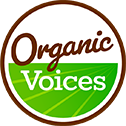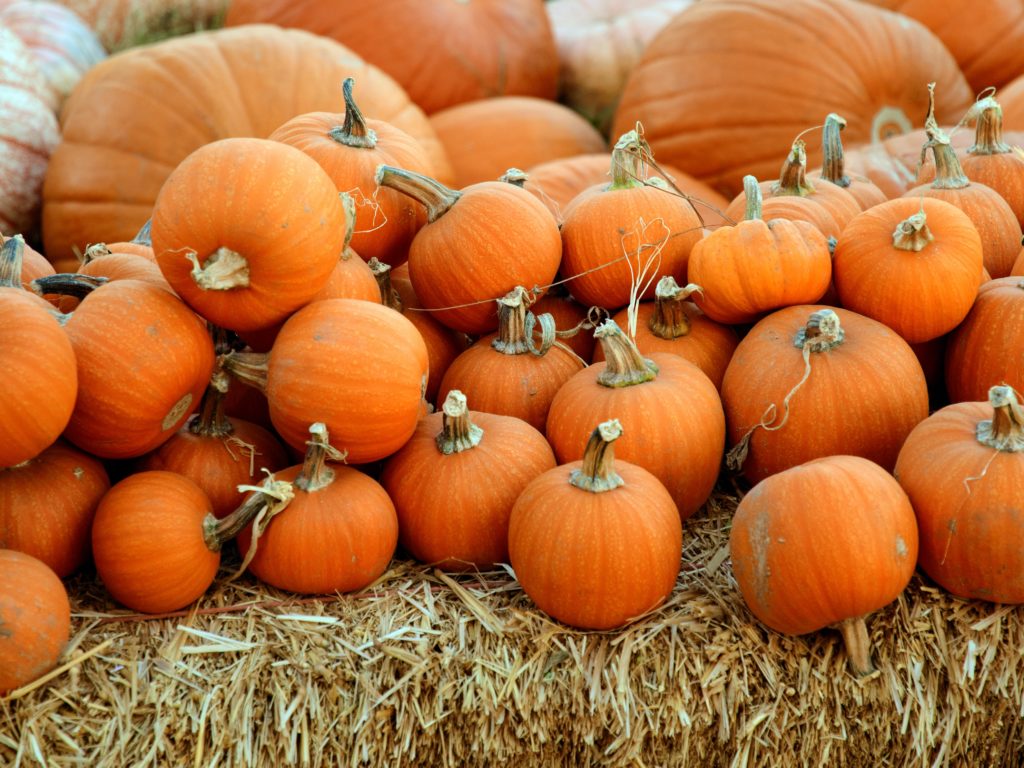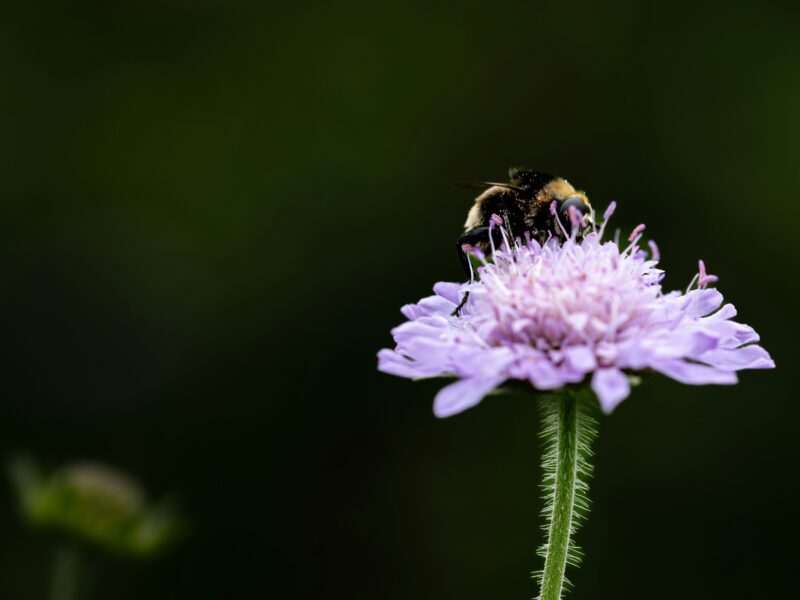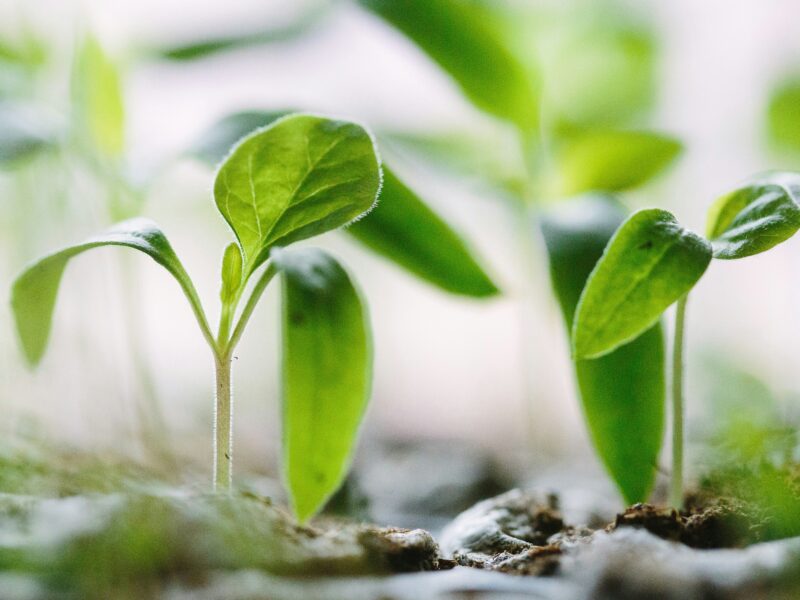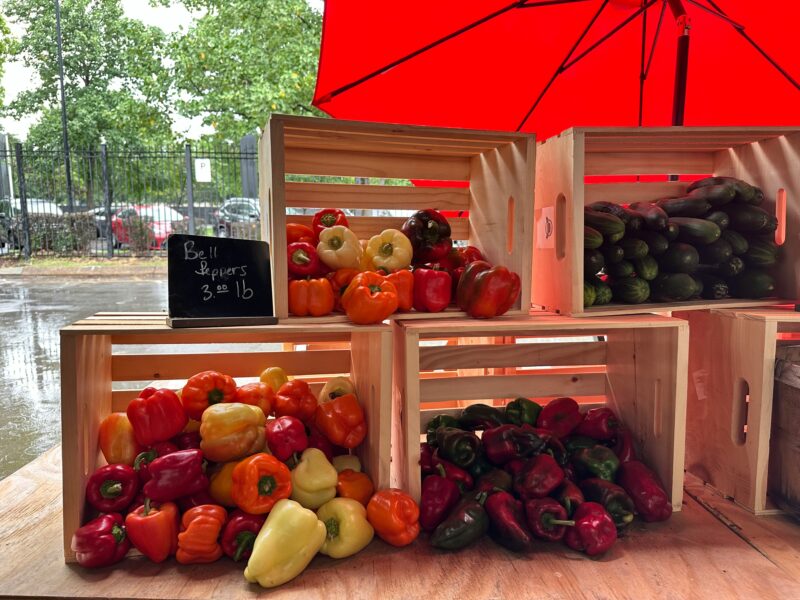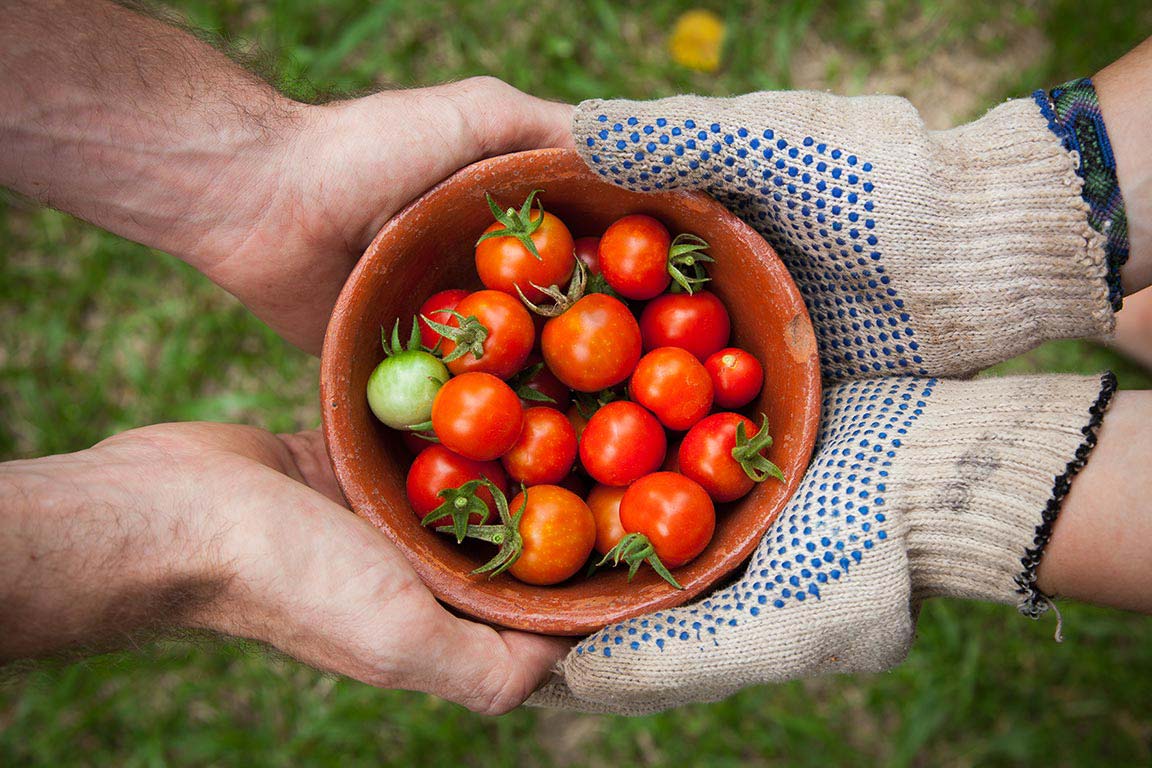It’s the season of pumpkins, jack-o’-lanterns, and pumpkin-spiced goodies! Pumpkins show up everywhere from home décor to jack-o-lanterns, to landscaping, to your local coffee shop. But not all pumpkins are created equally and not all pumpkin products should be consumed. Today we are sharing everything you need to know about pumpkins and why choosing an organic pumpkin is paramount to your health and the health of the environment.
Types of pumpkins
You might be wondering what family pumpkins fall into. A pumpkin, from a botanist’s perspective, is a fruit because it’s a product of the seed-bearing structure of flowering plants. Pumpkins are categorized not only as a fruit but as a berry as well.
There are many varieties of pumpkins, including:
- Jack-o’-lantern: a large variety that’s used for carving
- Pie pumpkins: a smaller, sweeter variety
- Miniature: used for decoration but also edible
- White: used for decoration but can be cooked
Why organic pumpkins
As the largest exporter of pumpkins, the U.S. doesn’t grow the most pumpkins globally. China is actually the lead producer globally but your jack-o’-lantern pumpkin was probably grown in either Illinois or Mexico. Pumpkins grown for carving are not meant for human consumption – they’re often heavily sprayed with toxic persistent pesticides.
The claim is often made that pumpkins are relatively safe because of their thick skin. But most of the chemicals used in pumpkin production are systemic – they’re in the pumpkin flesh and will not wash off. In 2014, California pumpkin farmers dumped close to 14,000 pounds of malathion to meet the supply of Halloween pumpkins.
Malathion is a suspected endocrine disrupter, cholinesterase inhibitor, and a possible carcinogen. A cholinesterase inhibitor slows the breakdown of acetylcholine by blocking the activity of acetylcholinesterase. By maintaining acetylcholine levels, the drug may help compensate for the loss of functioning brain cells. Conventional chemicals used in pumpkin production also include clomazone and ethalfluralin. These persistent toxic chemicals aren’t just bad for human health, they’re also bad for the environment, since they pollute the air, kill beneficial insects and contaminate groundwater.
When crops are not grown for human food consumption, they are virtually unregulated.
For example, when the Environmental Working Group puts pumpkins and winter squash on the list of crops with a “high pesticide residue score,” the data they are linking to is only referring to pumpkins and squash grown for human consumption, not jack-o-lantern pumpkins grown for ornamental purposes.
But there’s no way to know what pesticide residues are on or in your jack-o’-lantern unless you buy it as USDA organic at a store or certified organic farm. If you’re buying a conventional pumpkin of any kind, it’s important not to consume the seeds of jack-o’-lantern pumpkins, because all the edible parts will contain these dangerous chemicals.
Pumpkins are nature’s cleanup crew
Pumpkins are known for cleaning up toxic areas because of their ability to absorb chemicals. In fact, “it’s been found that sites contaminated with DDT, PCBs, and other harmful compounds can be cleaned by growing pumpkins or zucchinis. Phytoremediation from members of the Cucurbita pepo species, including pumpkins, can be an environmentally friendly technique for cleaning the soil,” says chemist Ken Reimer, Ph.D., at the Royal Military College of Canada.
Farmers and landowners know pumpkins are very efficient at absorbing poisons from the soil. So some non-organic farmers and landowners use them as a filter to clean up contamination like DDT, PCBs, and dioxins. If you aren’t buying organic pumpkins, essentially you are consuming whatever land, water, and chemical contamination your pumpkin absorbed.
Compost your pumpkin waste
After Halloween consider repurposing your pumpkin for compost. If you bought an organic pumpkin, compost it as future nutrients for your garden soil. For a conventional pumpkin, recycle it into your yard waste pile so it doesn’t end up in a landfill and contribute to global warming.
Are pumpkins good for you?
The short answer is yes! According to the USDA nutritional breakdown, one cup, or 245 grams, of canned pumpkin provides:
- Calories: 137
- Protein: 3 grams
- Fat: 7 grams
- Carbs: 19 grams
- Fiber: 7 grams
- Vitamin A: 209% of the Daily Value (DV)
- Vitamin K: 37% of the DV
- Copper: 28% of the DV
- Vitamin E: 22% of the DV
- Iron: 18% of the DV
- Magnesium: 13% of the DV
- Riboflavin: 10% of the DV
- Vitamin B6: 10% of the DV
- Vitamin C: 10% of the DV
- Potassium: 10% of the DV
Pumpkin seeds, or pepitas, are also commonly eaten as a snack. Here’s the nutrient breakdown of 1 ounce (15 grams) of pumpkin seeds in their shell:
- Calories: 86
- Protein: 4 grams
- Fat: 7 grams
- Carbs: 2 grams
- Fiber: 1 gram
- Copper: 21% of the DV
- Magnesium: 20% of the DV
- Phosphorus: 14% of the DV
- Zinc: 10% of the DV
Pumpkins provide several benefits for immune health during cold and flu season. Pumpkin gives you a hefty dose of beta carotene, which is partially converted into vitamin A, which has been shown to help the body fight infection. Other research shows vitamin A is particularly important for strengthening the intestinal lining, making it more resistant to infections. Pumpkins’ vitamin C content plays an important role in immune health by strengthening the immune cells that respond when a pathogen is identified, according to research. In addition to being an immune booster, pumpkins have been found to be connected to metabolic, eye, skin, and heart health.
Pumpkin-spiced
Pumpkins are a healthy option, but keep in mind those products claiming to be “pumpkin spiced” often do not actually contain pumpkin in the final product. Often the product that is added to create pumpkin flavor is pumpkin pie spice, a blend of cinnamon, nutmeg, cloves, and ginger. The problem with pumpkin-spiced products is they often include high amounts of sugar but not much – or in some cases, any – part of the pumpkin.
Pumpkin recipes
If you’re looking to enjoy organic pumpkins, try a pie, custard, smoothie, muffin, or soup in our new recipe roundup. All these recipes from our supporting organic brands feature organic pumpkins. Buying an organic pumpkin is easy and tells next year’s pumpkin farmers they need to grow organic!
